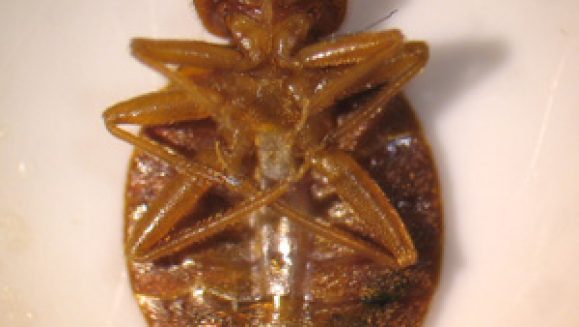When addressing bed bugs in a suite exterminators have will have different methods of addressing clutter. Some suggest examining every piece of clutter closely and if no bugs are observed it should be sealed in a plastic bag to prevent bugs from accessing that “clean” piece. I fail to see the logic of that action because it is very difficult to state definitively that an item has no bed bugs. For example, I have seen cardboard boxes, electronics, wooden items with cracks and holes, suit cases, and books wrapped in plastic because they were “inspected” and found to contain no bed bugs. All these items are very difficult to inspect with any amount of certainty because the bed bug’s penchant for climbing into the deepest crack to remain unobserved is very high. How do you know there is not a single bed bug in a particular piece of corrugated cardboard? If in fact a bed bug is enclosed in plastic the bug will survive all treatment efforts and simply restart the infestation once all the items are taken out of the plastic.
I would suggest that sealing would be appropriate if the exterminator is willing to take the “bug free” (determined by visual inspection) piece of clutter out of an infested suite and place it in his/her own home. If the exterminator is unwilling to make that type of commitment the item should not be encased in plastic to allow any potential bug to exit and cross the treatment zones. I suspect that the exterminator’s suggestion of bagging clutter would go out of style quickly if that standard was accepted. Personally I recommend bagging only items that have been heat sterilized. Everything else should not be bagged.
